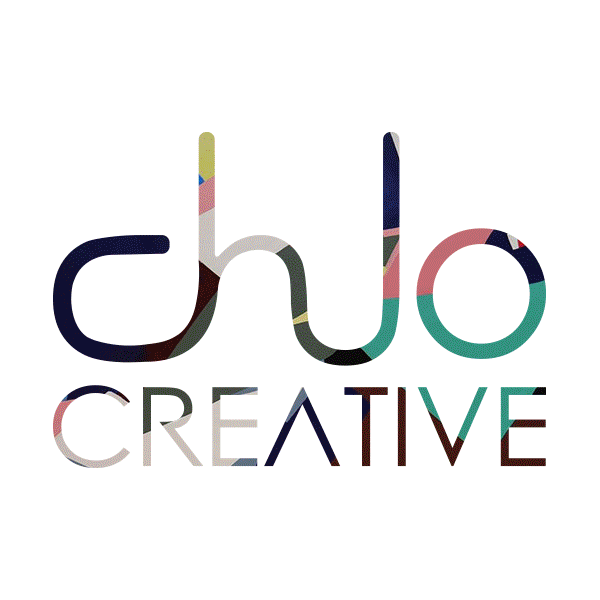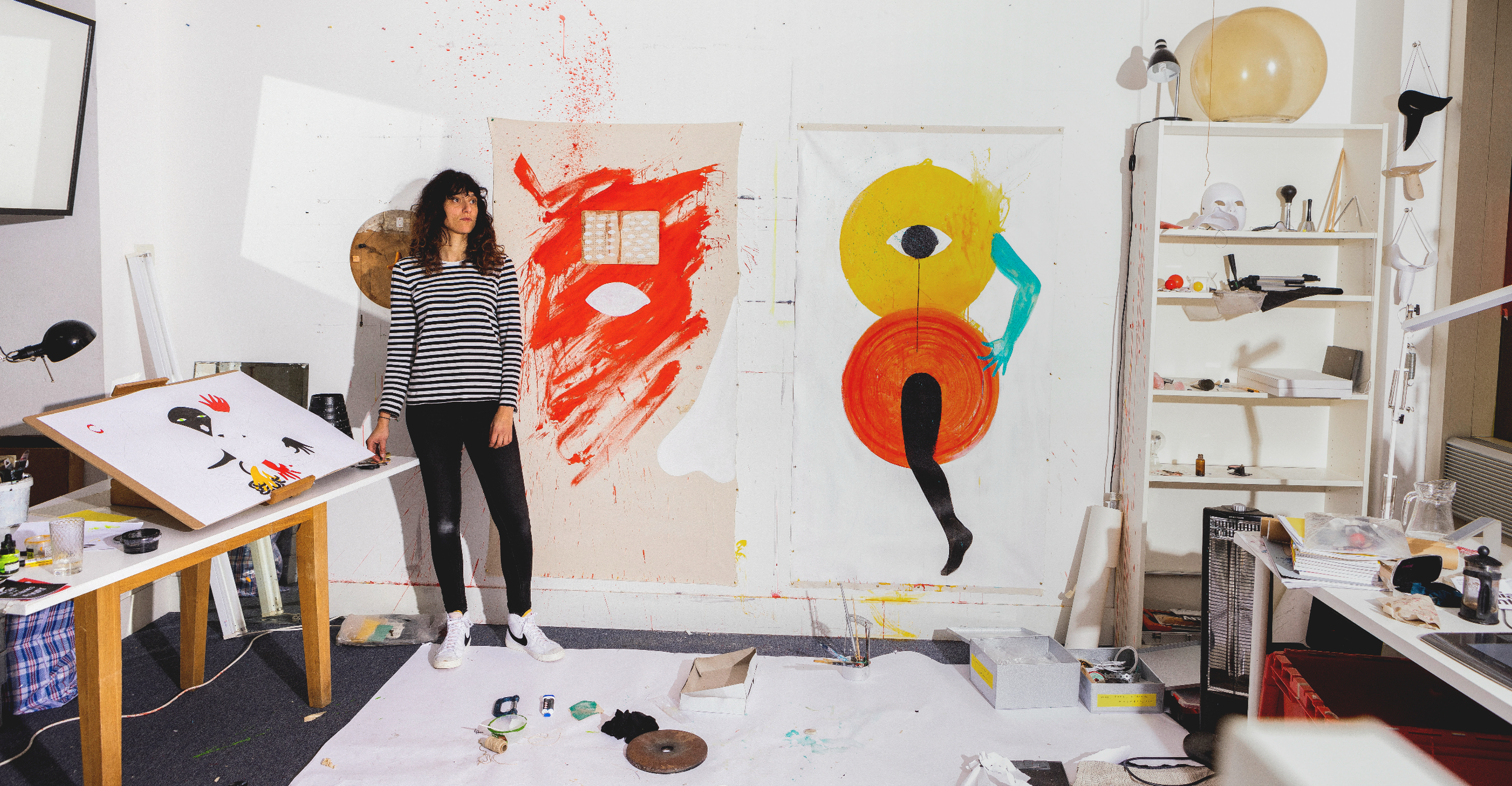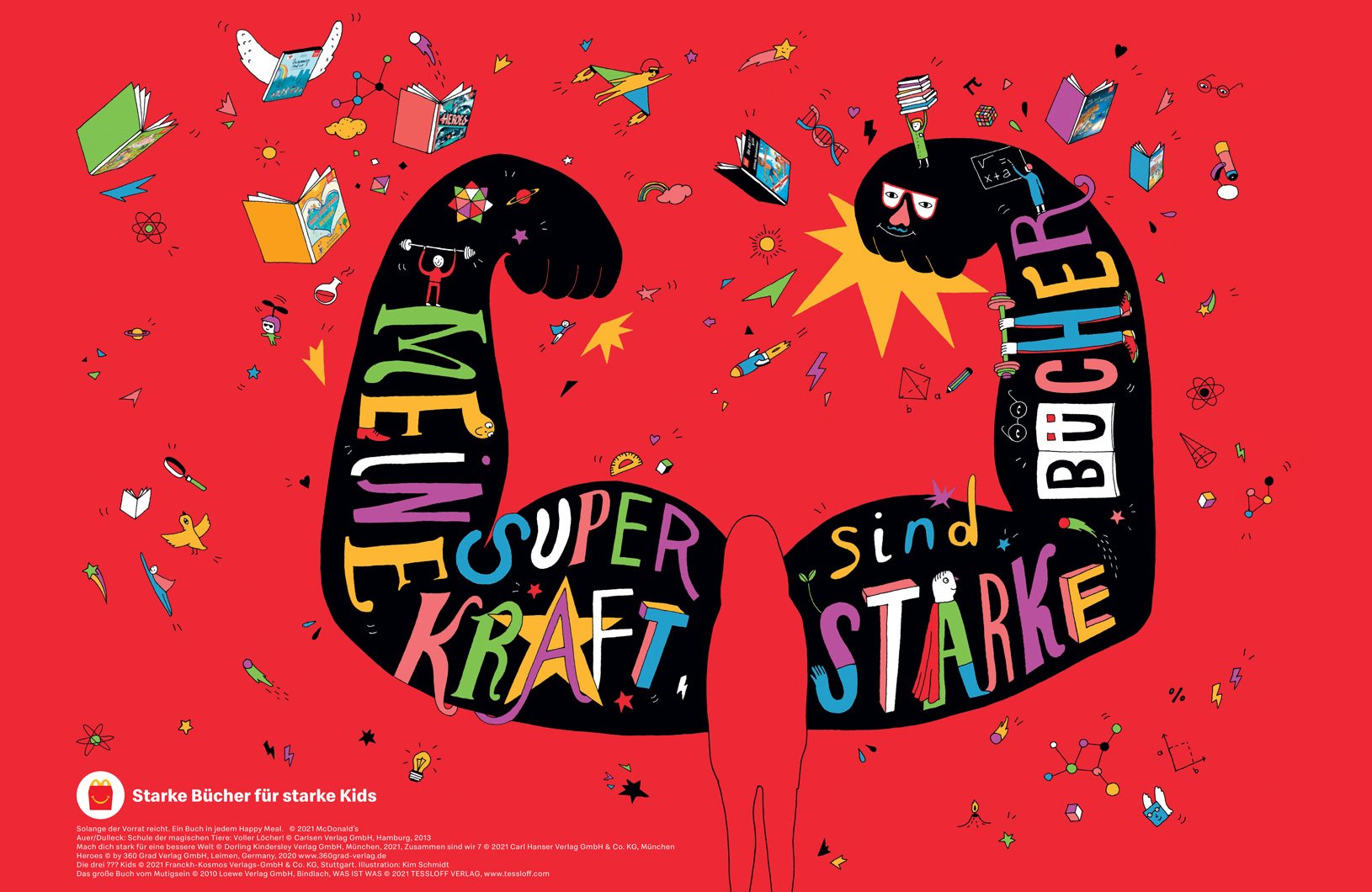It was our great pleasure to dive deep into Cristina Guitian's process and projects, a multitalented artist working on murals, installation, illustration and sculpture. We hope you enjoy it as much as we did.
What was it like creating an interactive installation for WeTheCurious, the Museum of Science in Bristol, do you enjoy making your art 3D and Sensory, what’s the most challenging part for you in this process?
This project was good fun and a big challenge simultaneously, 2 in 1! We had a super tight deadline and I was the only creative in the team. Visualising the local stories of Bristol was great, and I loved coming up with the animations for the interactive elements.
The most challenging, was working out how to prepare the artwork to be cut out as a vinyl, as my hand drawn lines had to be translated into vectors in Illustrator.
You illustrated The book series What is the Issue? What was your favourite part of this project, do you prefer having stimulus or a brief to create from/ for or do you prefer a blank canvas of your own?
The briefs for the books were often explicit but I was given total freedom on how to interpret them. I was sometimes asked to come up with ways of representing abstract concepts of the mind. These were my favourite ones, making me look for new ways of communicating.
I prefer briefs that are well-defined and clear while allowing for creative license, with clients that trust and prioritise my artistic instinct.
What's it like illustrating commissions for such well known companies like Google and Nike to the Guardian and Headspace? scary, exciting etc?
I feel lucky to be often chosen for my playful style, so my most commercial work is often fun.
Once I'm on a commission, the difference between working for a multimillionaire corporation or a small business blurs away. Each project is different depending on the team involved. In the work for Google, I worked with a lovely small team and a super talented animator. Working with other creatives brings my work to unexpected new places.
The Guardian was a perfect editorial project, they had great art direction and attention to detail; with Headspace, I created all of their visuals when they were only a start up. Working for them was exiting, even though they were only small back then, it already felt like we were creating something big.
How would you best describe your creative process?
When am working on a commission, it all starts by researching and gathering information. I then, brainstorm and doodle, to come up with as many possibilities as I can. If I need a change of perspective, I research again, to then get back to generating more ideas, and so on. Eventually, one of the concepts seems to take more shape so, that's the one to finalise.
I normally have some artwork in progress lying around, so I can jump onto it if I need a break. My studio is a mix of a playground with a laboratory, that feeds the commercial work indirectly, by keeping the creativity more alive.
What is your favourite project you have worked on in the last 6 months or to date and why?
One of my highlight projects was last year's ‘Mascarada’: an installation I created for Miista’s AW22 catwalk where the models come out of my painting. The massive 21 m long wall is a cut out mdf structure that integrates the models within, so when the runway started they came out of the painting, few of them wearing masks, part of my art.
The work explored the subject of psychological masks disguising emotional states. It was brought to life by the models interacting with it, so the catwalk became a piece of performance art. Collaborating with another discipline like fashion, was amazing, it brough a whole new dimension to my practice.
What makes you create the work you do? What lights your fire and keeps it burning?
My art feels like something alive and self-sufficient that happens quite naturally. When creating I feel like I'm in the right place. I might experience all sorts of mood swings: great joy, anger or sadness, but overall I feel at ease.
Why do you make art, who do you make art for (yourself, community, to expand ?) what’s your intention?
I make art because I feel a need to communicate further than I can with words. I partly do it for myself, as a cathartic experience and to integrate difficult feelings. But am also looking to connect, and, overall, to encourage people to open up their minds.
Where did it all begin for you ?
When I finished high school instead of going to University I did all sorts of jobs: waitressing, kitchen porter, club promoter, even a kind of door to door sales woman! It all soon became frustrating, I needed something more challenging for my mind, so I started drawing at night time, after my work shifts. I then discovered that drawing made me feel like nothing else did, like I had found the place where I belong.
What inspires you the most to create ?
I have a story to tell that I don’t even know what it is and I can't express with words. When I create I feel like am telling little fragments of this tale each time. I also feel an impulse to bring out to the surface things that seem to be hidden or left behind by society, highlighting the beauty in the ugly and the forgotten.
Where about did you grow up, do you find where your living has an effect on the realms and themes in which you create from?
My family are from the Canary Islands but I grew up in Madrid. My roots are divided between these such contrasted places, even if they are the some country, their culture is very different.
Moving to London after studying was exciting and strengthened my inner world. I developed my imagination through drawing lots, and eventually I found my own visual voice. My work is definitely influenced by London, it’s layers of history and the diversity of such a multicultural hub. It's also shaped by my Spanish background and a constant search for roots.
What's been your most challenging part of being an artist?
Being an artist is simultaneously a blessing and a curse: even though it's uplifting, so much energy goes into it that it can feel unbalanced. Finding a way to focus in your practice while keeping your finances and personal life stable is the key.
I'd rather make a living from art so I can spend more time doing it. I've experienced that professional success comes in hand with strong pressure to deliver though. The feeling of losing the creative freedom is hard. But embracing the pressure is the key to overcome it: if you make sure to produce what is requested, you also can find new unexpected ways to develop more freely. You grow.
If you could say one thing in regards to your art, art in general what would it be?
Art is about transcending: for the artist when making, and for the viewer's experience. I create to go beyond my state of mind and to gain a deeper insight on life, even only for a moment. To me, art is successful, when the viewer is transported to another dimension by looking at it.
What's your next big project ?
I have couple of group exhibitions in London coming very soon. I am in conversation about a solo exhibition in Tenerife, in the island where I am from, so fingers crossed on this front.
I recently started running the workshop Visionarios, to help people visualise what they wish for in their lives. So far it has been a great success, so I am hoping this is only the beginning
With exhibitions in Amsterdam, Barcelona, London, Madrid, New York, Rio de Janeiro, Sydney and Tokyo, where has been your most favourite place to share your work?
I loved doing an art residency in Rio de Janeiro. Nature is so strong there, that the connection with it is different to any other place I've been in. I feel my art relates quite well to the uplifting Brazilian energy.
Your style, under your alter ego Cristina Reyes, plays in the realms of absurdism and realism , what is your biggest inspiration for these such abstract ideas, does it start with a dream you had, a random shower thought, a metaphor you want to explore, a message you want to share?
This is the kind of work where I dig in my subconscious without a clear direction and see what arises. I create images from this inner journey that help me navigate my own emotions. The content in itself is not intentional, I allow myself to be as free as possible, and the shape of what am doing reveals itself as I go along.
How did you develop your unique style?
To me, a style is something that develops naturally as a result of doing something for a long time. Mine, took shape from drawing and testing plastic techniques and approaches. After years of experimenting, a particular graphic identity eventually was born.



















